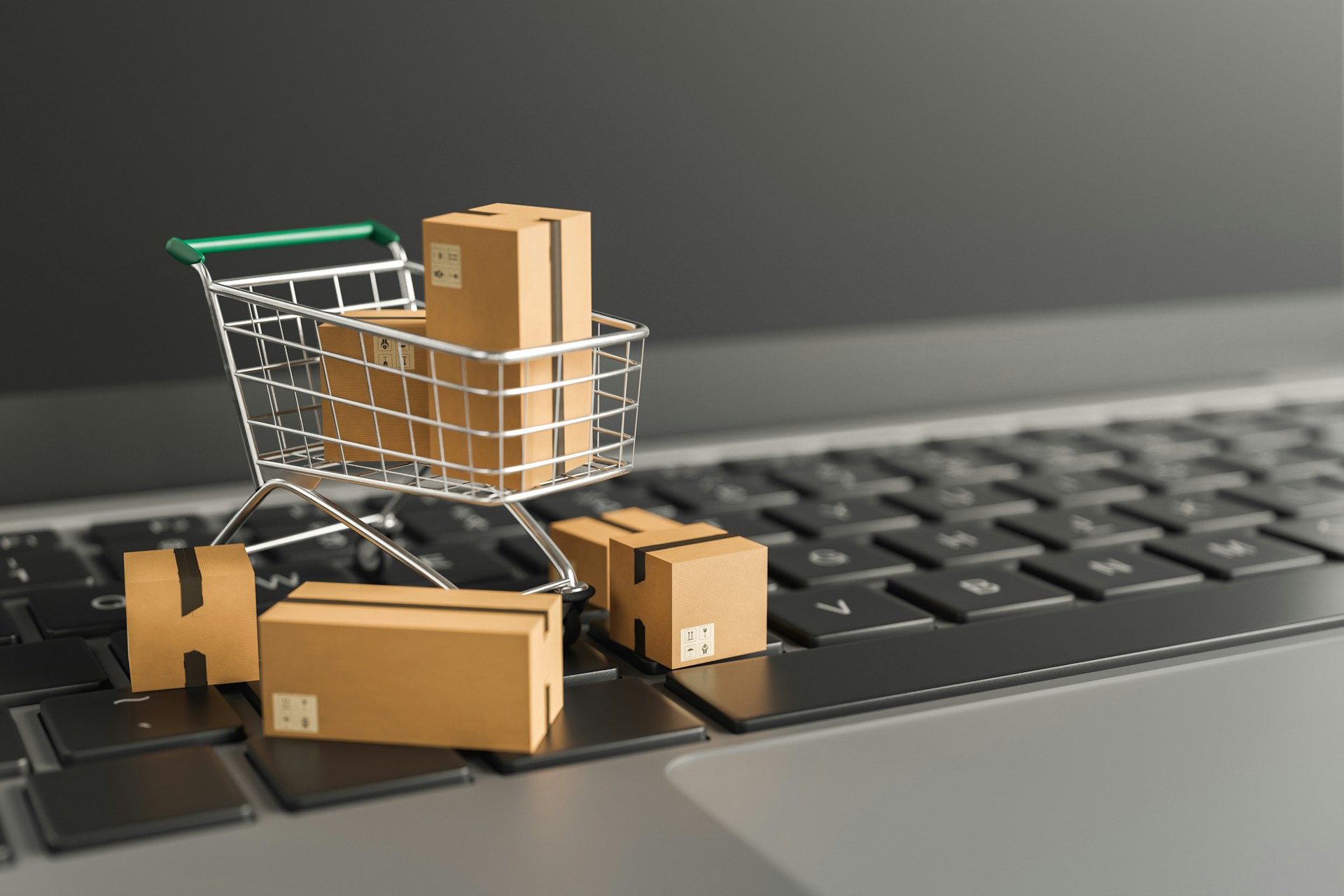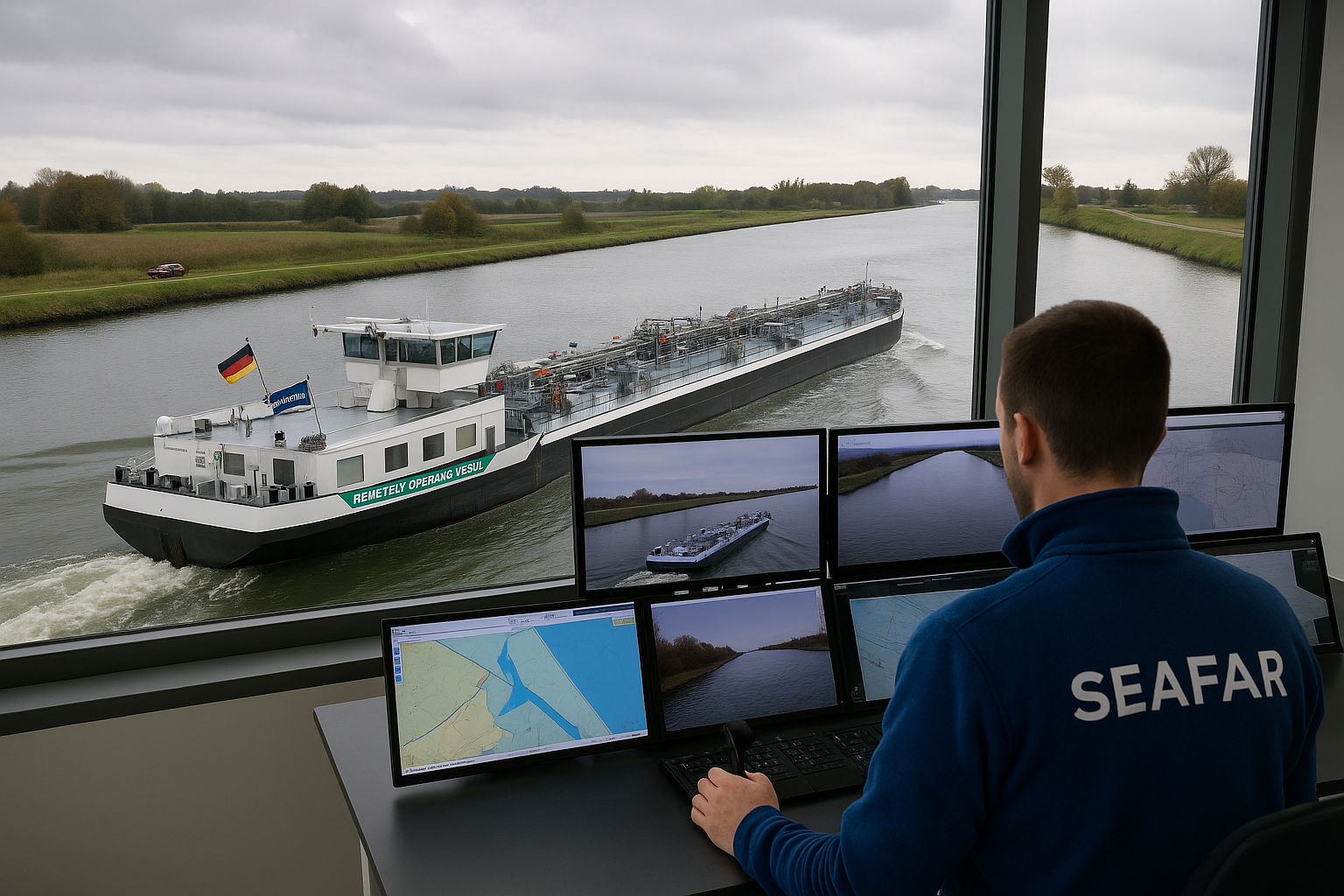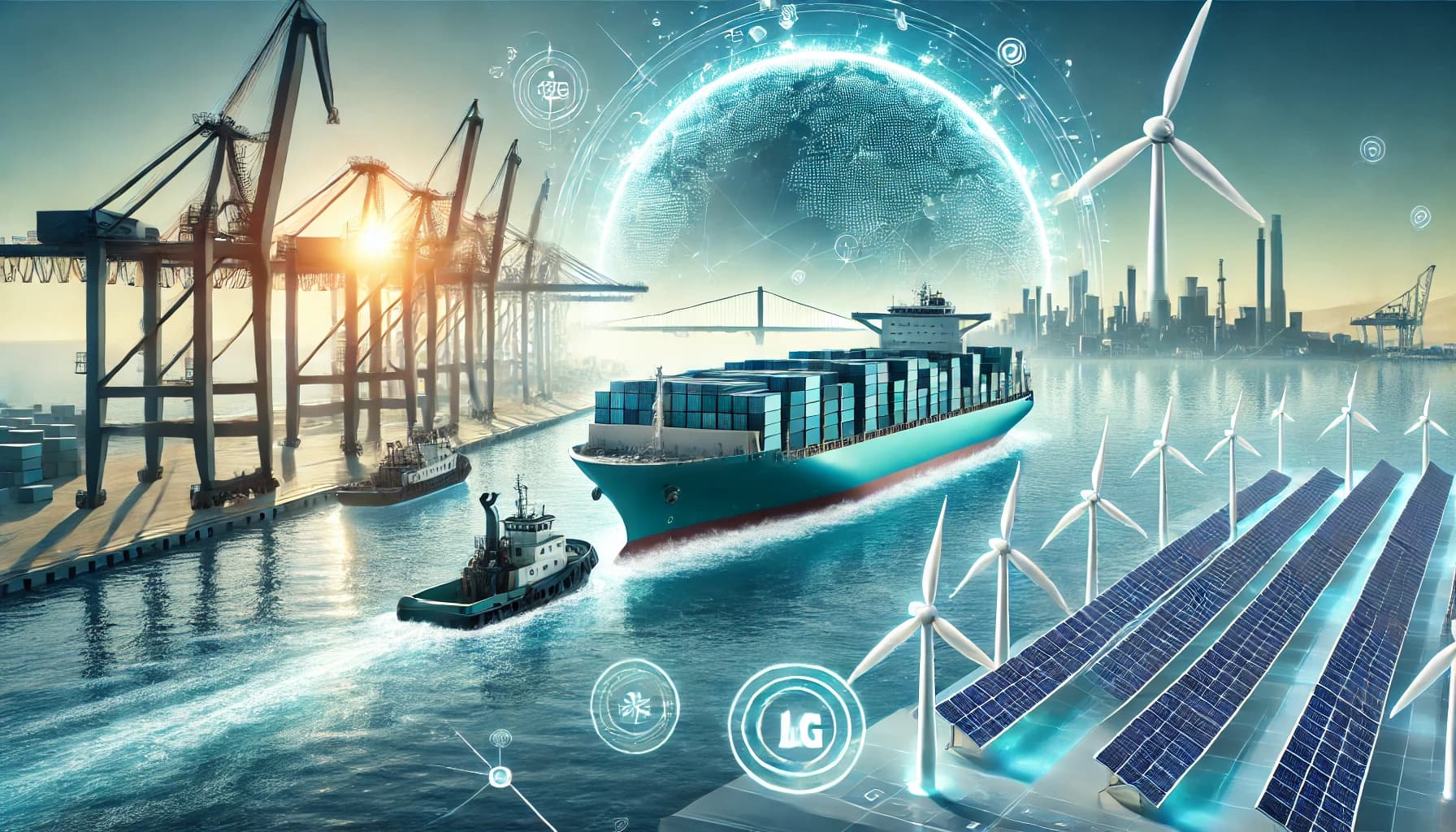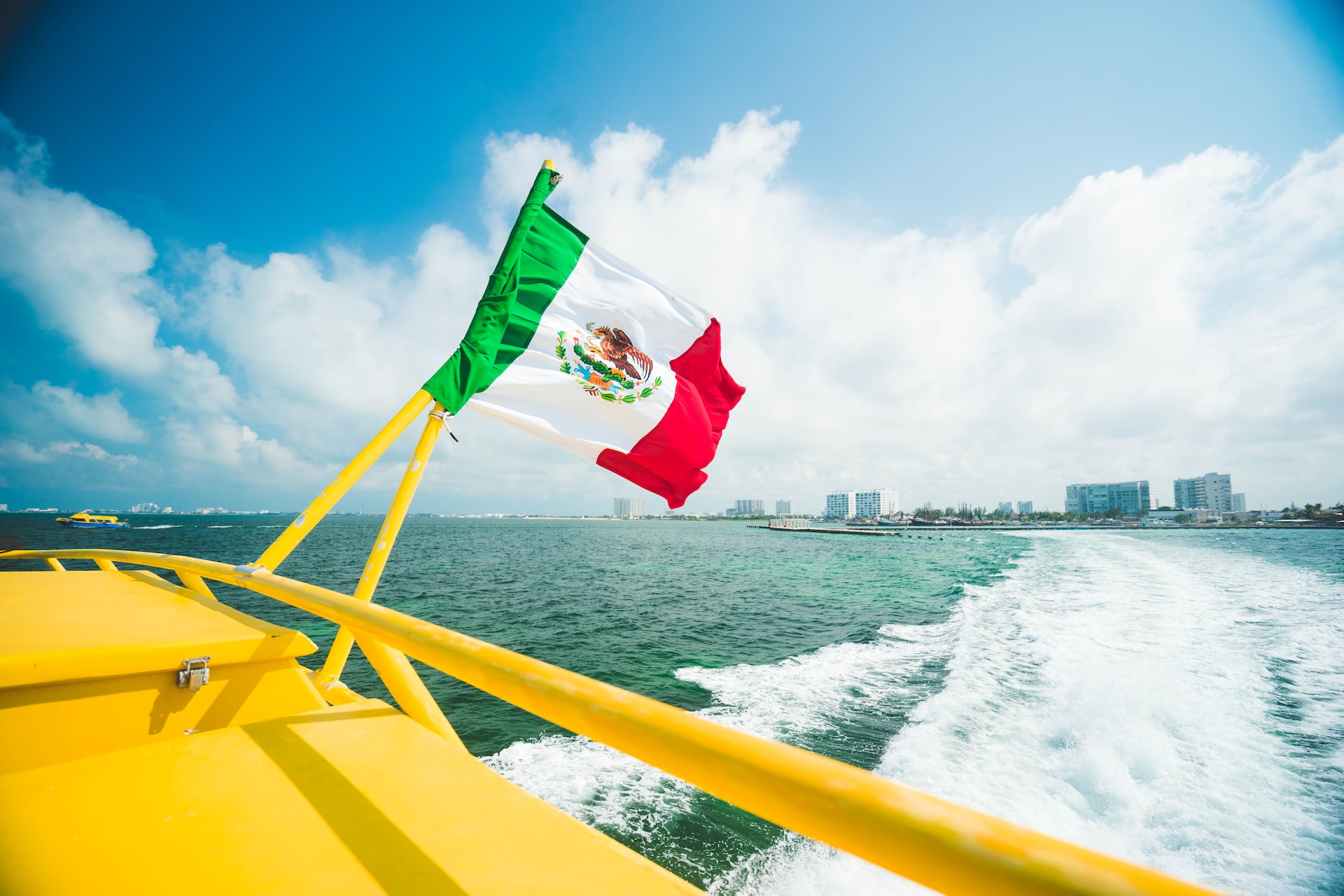How is eCommerce Changing the Future of Maritime Transport?

The rapid growth of eCommerce has transformed industries worldwide, and maritime transport is no exception. As online shopping becomes increasingly integrated into daily life, shipping companies are under pressure to adapt to evolving consumer demands, technological advancements, and sustainability goals. From faster delivery expectations to greener shipping practices, the maritime industry is navigating a sea of change driven by the eCommerce boom.
In 2025, the global eCommerce landscape has expanded significantly. Platforms like Amazon and AliExpress remain dominant players, while newer entrants such as Temu and Shein are reshaping how consumers shop online. These shifts are creating ripple effects across the shipping industry, requiring innovative solutions to meet rising demand and maintain efficiency.
This post explores how eCommerce is driving change in maritime transport, highlighting key trends, technologies, and challenges shaping the industry today.

The impact of eCommerce on Maritime Transport
eCommerce has fundamentally altered supply chain dynamics, with maritime transport serving as a critical link in global trade. The following developments illustrate how this sector is adapting:
Key Developments in 2025
- Global Expansion of E-Commerce Platforms: Amazon's global sales reached $700 billion in 2024, fueled by its dominance in North America and Europe. Meanwhile, AliExpress reported $85 billion in cross-border sales last year, driven by its affordable product offerings. Emerging platforms like Temu (owned by PDD Holdings) and Shein have also disrupted traditional markets with their focus on ultra-low prices and fast delivery.
- Localized Fulfillment Centers: To meet growing demand for same-day or next-day delivery, companies are investing in micro-fulfillment centers near urban areas. These centers reduce shipping distances and improve delivery times.
- Omnichannel Retail Integration: Retailers are blending online and offline channels to create seamless shopping experiences. This trend places additional pressure on shipping companies to manage inventory across multiple fulfillment points efficiently.
Technological Innovations
- AI-Powered Logistics: Artificial intelligence is revolutionizing maritime logistics by enabling predictive analytics for route optimization, demand forecasting, and inventory management.
- Blockchain for Transparency:Blockchain technology ensures secure transactions and traceability across supply chains. Smart contracts simplify documentation processes while reducing fraud risks.

eCommerce Facts and Figures in 2025
| Platform | 2019 Sales | 2025 Sales | Key Growth Driver |
| Amazon | $280 billion | $700 billion | Global Prime memberships & AWS integration |
| AliExpress | $60 billion | $85 billion | Affordable pricing & cross-border reach |
| Shein | N/A | $30 billion | Fast fashion & direct-to-consumer model |
| Temu | N/A | $20 billion | Ultra-low prices & flash sales strategy |
The rise of newer platforms like Shein and Temu highlights a shift toward affordability and speed as key drivers of consumer behavior. These platforms' success underscores the importance of efficient shipping networks capable of handling high volumes at low costs.
Technological Disruption in Maritime Transport
As eCommerce evolves, so too does the technology powering maritime transport. The following innovations are reshaping the industry:
Autonomous Ships
Autonomous vessels equipped with advanced sensors and AI algorithms are becoming more common. These ships optimize navigation routes, reduce fuel consumption, and enhance safety by minimizing human error.

IoT and Big Data
IoT devices collect real-time data on vessel performance, enabling predictive maintenance that reduces downtime. Big data analytics further enhance operational efficiency by identifying patterns in shipping routes and cargo handling.
Cybersecurity Measures
With increased digitalization comes heightened cybersecurity risks. Shipping companies are investing in encrypted communication protocols and advanced threat detection systems to safeguard their operations against cyberattacks.
Sustainability Goals Driving Change
eCommerce growth has also brought environmental concerns to the forefront. Consumers and regulators alike are demanding greener practices from shipping companies.
Decarbonization Efforts
The International Maritime Organization (IMO) has set ambitious targets to reduce greenhouse gas emissions by 50% by 2050 compared to 2008 levels. This has spurred the adoption of alternative fuels such as liquefied natural gas (LNG) and hydrogen.
Green Shipping Practices
Shipping companies are implementing eco-friendly initiatives such as:
- Optimized routing to minimize fuel consumption.
- Carbon-neutral shipping options for environmentally conscious consumers.
- Investments in energy-efficient ship designs that comply with IMO regulations.

Future Challenges and Opportunities
The intersection of eCommerce growth and maritime transport presents both challenges and opportunities:
Regulatory Compliance
Navigating complex international trade regulations remains a challenge for shipping companies. Automated compliance tools are becoming essential for managing tariffs, customs duties, and other legal requirements efficiently.
Workforce Transformation
Automation is reshaping workforce dynamics within the maritime industry. Upskilling programs are critical to preparing employees for roles that require technical expertise in operating autonomous systems or managing digital logistics platforms.
Geopolitical Shifts
Emerging markets like Southeast Asia continue to grow as manufacturing hubs. Shipping companies must adapt their strategies to capitalize on these opportunities while mitigating risks associated with geopolitical tensions.
Actionable Insights for Shipping Companies
To thrive in this evolving landscape, shipping companies should consider the following strategies:
- Invest in AI-driven logistics solutions to enhance efficiency.
- Leverage blockchain technology for secure supply chain management.
- Establish localized fulfillment centers near major urban hubs.
- Explore partnerships for autonomous delivery vehicles or drones.
- Prioritize sustainability through carbon-neutral initiatives.
- Develop workforce training programs focused on digital skills.
By adopting these measures, businesses can stay competitive while meeting consumer expectations for speed, transparency, and sustainability.

Conclusion
eCommerce continues to reshape maritime transport in profound ways. From technological innovations to sustainability goals, the industry is navigating uncharted waters in 2025. By embracing these changes proactively, companies can position themselves as leaders in an increasingly competitive market.
For tailored solutions that help your business adapt to these trends, contact Martide today to learn more about our cutting-edge software for maritime recruitment and operations management.
This blog post was originally published on September 7th 2019 and updated on May 25th 2025

Gavin Hirst
Gavin is a contributing writer to the Martide blog who covers topics ranging from life at sea to maritime crew management software. A native Brit who is now based in Auckland, NZ, Gavin is also an SEO expert and partner in a successful digital marketing agency that has offices in New Zealand and the United Kingdom.
New Zealand



